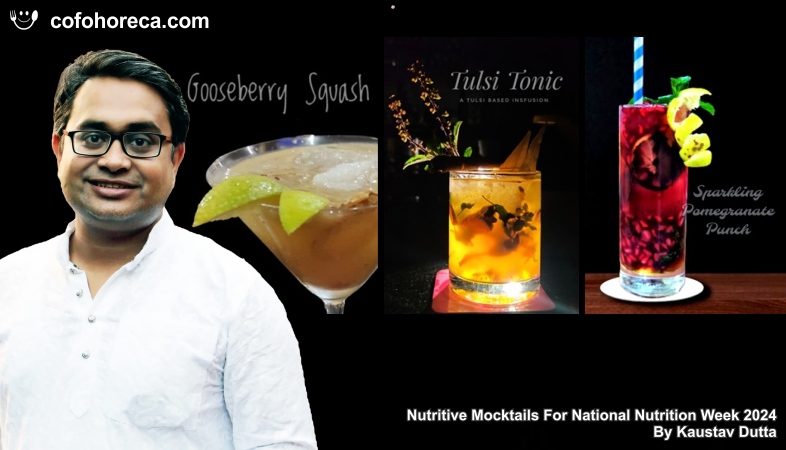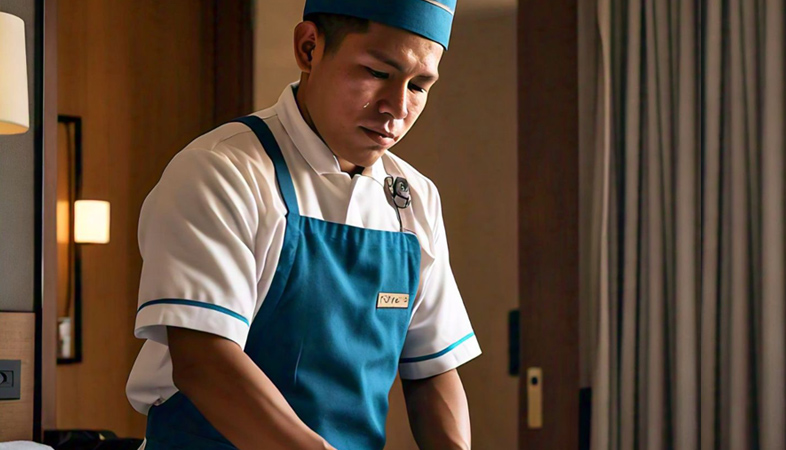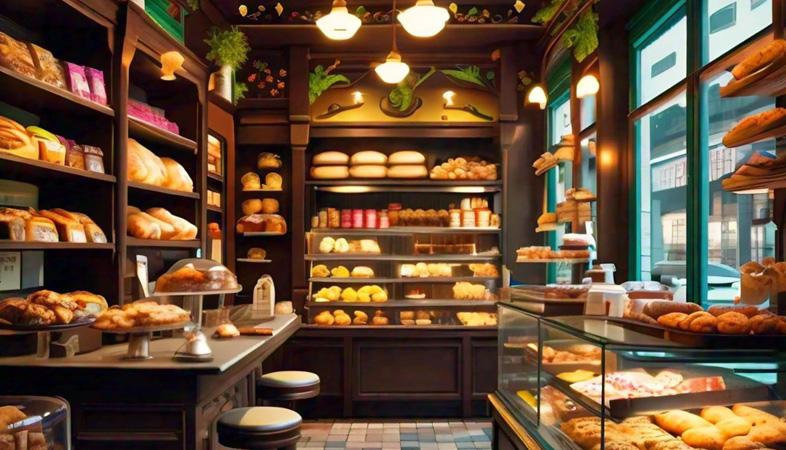SHARE
Commercials
More Posts
Nov 18, 2024
Bela Pana - By Biswajit Das
Apr 10, 2025
Nutritive Mocktails - By Kaustav Dutta
Feb 19, 2025
Dhokla Chicken Tikka Sandwich - By Chef Hardev Singh
Jun 12, 2025
Flash Frying: Crisping Up Meals Without the Guilt
Nov 18, 2024
Bela Pana - By Biswajit Das
Apr 10, 2025
Nutritive Mocktails - By Kaustav Dutta
Feb 19, 2025
Dhokla Chicken Tikka Sandwich - By Chef Hardev Singh
Jun 12, 2025
Flash Frying: Crisping Up Meals Without the Guilt
Nov 18, 2024
Bela Pana - By Biswajit Das
Apr 10, 2025
.png)


























